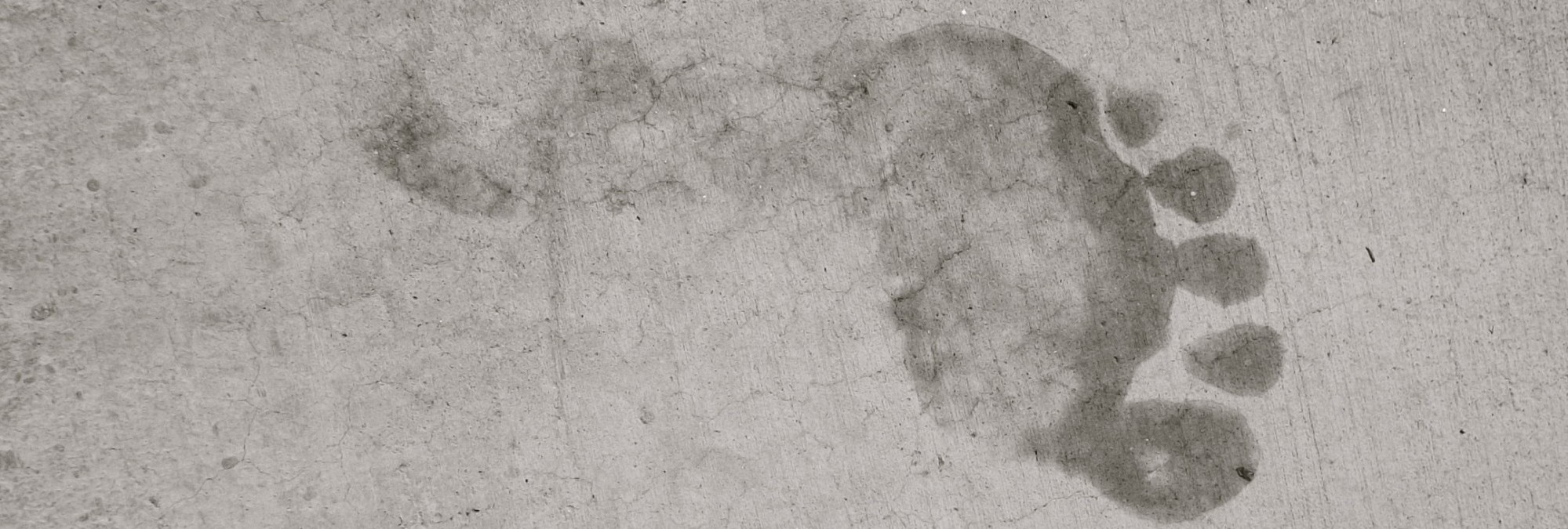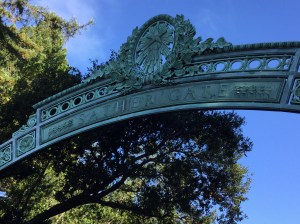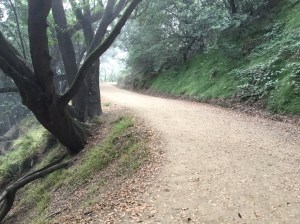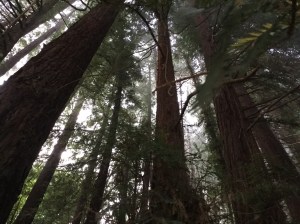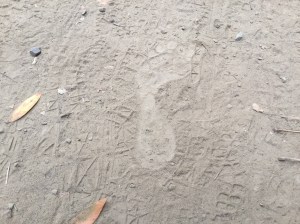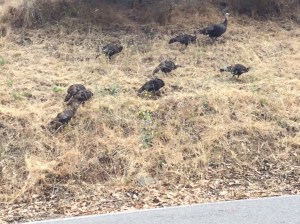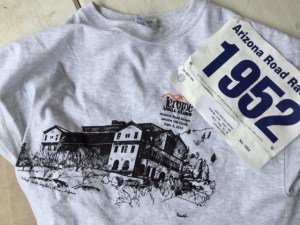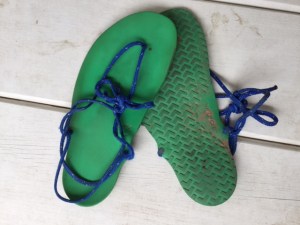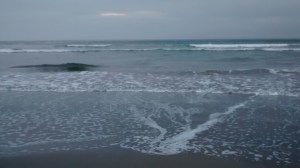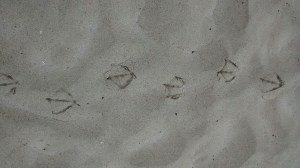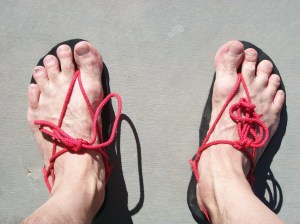Yesterday I hiked up the Piestewa Peak Summit Trail in the Phoenix Mountains Park and Recreation Area. I completed the 1.2 mile (1.9 km) long trek from the bottom to the top barefoot, taking about an hour and a quarter. This was the second time I’ve done this hike barefoot, and like the last time, in March of 2016, I had no damage to my feet or other problems on the way up. Like last time, I put on a pair of Vibram FiveFingers before heading back down.
The summit trail rises 1,200 feet (366 meters) from the bottom to the top. It’s rugged, and certainly not recommended for inexperienced bare-footers. According to the City of Phoenix Parks and Recreation website, the trail is “Extremely strenuous and difficult,” featuring “Long rocky segments with possible drops and exposure.” Nevertheless, it’s one of the most popular hiking trails in the United States with some 4,000 to 10,000 hikes per week. There are great views of the metro area from the summit and select spots on the way up.
HOW I WAS ABLE TO DO THIS HIKE
There are a couple of things that made this barefoot hike possible. I have strong feet and legs due to years of running and walking around both barefoot and in minimalist footwear, along with regularly engaging in conventional strength training. Moving barefoot outdoors on different surfaces has resulted in thicker, stronger skin on the soles of my feet. Known as plantar skin, it naturally toughens as an adaptation to increasingly rough stimulation. I was stepping on lots of jagged-surfaced rock, and though it was sometimes painful, my thickened plantar skin was up to the task.
Just as important is something called neuromotor fitness. It’s likely you’ve never heard of it. While it’s always been around, only fairly recently has its importance been deemed sufficient to justify its own fitness category alongside cardio training, resistance/strength training, and flexibility training. Neuromotor fitness encompasses agility, balance, coordination, gait, and proprioception. That last thing, proprioception, is the ability to know where different parts of your body are positioned. Very dependent on sensory feedback, it’s greatly enhanced when you take your shoes off. Neuromotor fitness is a skill-based kind of fitness. And like any skill, it can be learned through practice; specifically, training the nervous system. My neuromotor fitness level enabled me to know where and how to place my feet, while the strength in my feet, legs, hips, and core, allowed me to actually do that.
WHY I DID IT
The hike was challenging and painful, and took me twice as long as I’ve done it in the past with footwear. But I had a strong sense of accomplishment when I reached the summit. That’s one reason—perhaps the main reason—I did the hike barefoot.
Another reason was the foot strengthening benefit of this kind of activity. Foot strength is something I put a lot of value on when it comes to my personal fitness. After all, the feet are our foundation. And as a runner, I believe strong feet are crucial to performance and injury prevention.
The hike necessarily involved sustained, focused attention—something called mindfulness. Walking or running barefoot is always a more mindful activity than doing so with footwear, but this is especially the case when on very rough and steep terrain. Mindfulness activities when engaged in regularly, train our brains in a way that helps us feel calmer, and better cope with the stresses and emotional ups and downs of life.
Finally there was definitely an element of fun, playfulness, and craziness to this hike. It was more challenging and interesting than my usual barefoot activities, and I also kind of enjoyed the attention I got from other hikers.
